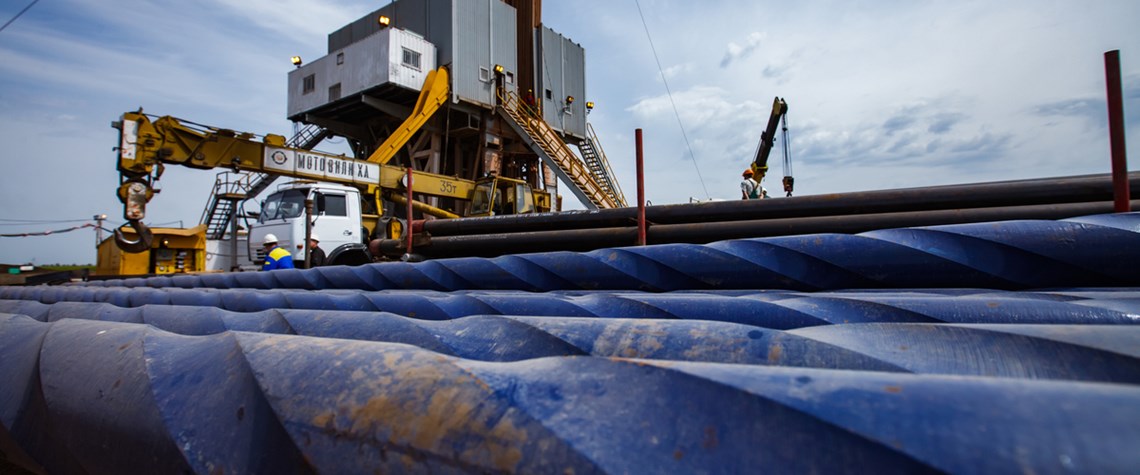Opec+ creates Central Asian headache for IOCs
Foreign companies tapping large fields in and around the Caspian Sea face tricky decisions on production cuts
The decisions of Central Asian oil-producing nations to agree production cuts in line with the Opec+ group has created friction with IOCs active in the region. The firms are understandably reluctant to commit to sizeable output cuts at fields with billion-dollar developments tabs. Kazakhstan’s government instructed companies in mid-May to throttle back an estimated 22pc of production in the May-June period, as part of the overall 9.7mn bl/d Opec+ cut. This equates to 390,000bl/d of shut-in production out of Kazakhstan’s 1.7mn bl/d of total output. The onshore 650,000bl/d Tengiz field, developed by the Chevron-led Tengizchevroil (TCO) joint venture, and the 400,000bl/d Kashagan field, develop

Also in this section
12 December 2025
The latest edition of our annual Outlook publication, titled 'The shape of energy to come: Creating unique pathways and managing shifting alliances', is available now
12 December 2025
The federal government is working with Alberta to improve the country’s access to Asian markets and reduce dependence on the US, but there are challenges to their plans
11 December 2025
The removal of the ban on oil and gas exploration and an overhaul of the system sends all the right messages for energy security, affordability and sustainability
10 December 2025
The economic and environmental cost of the seven-year exploration ban will be felt long after its removal







